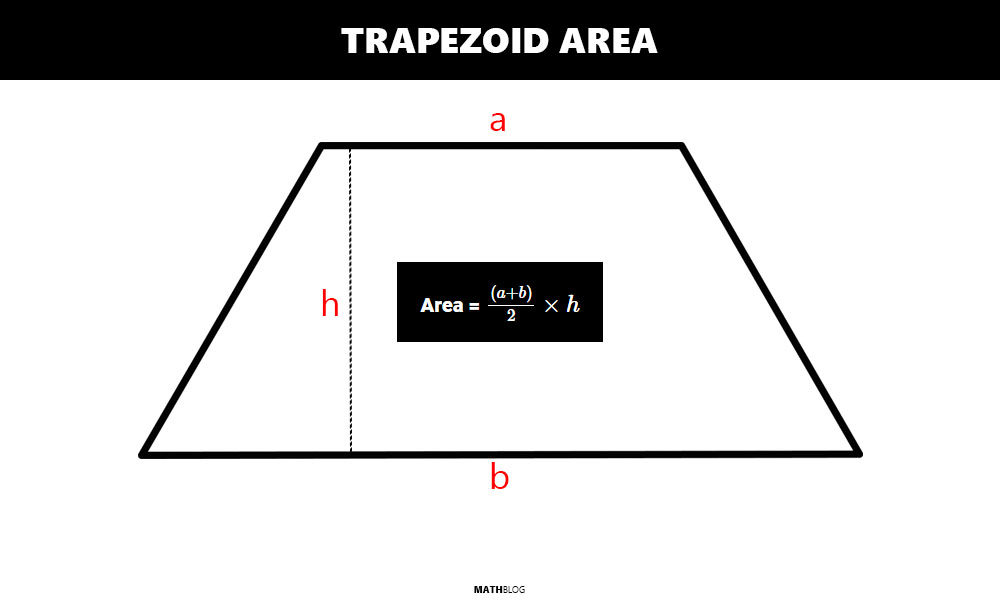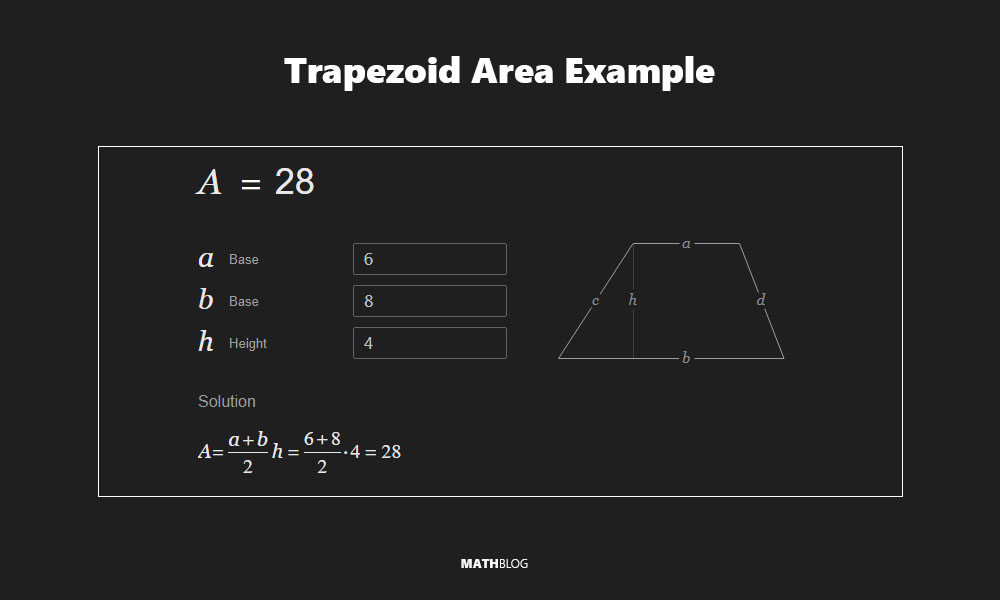A trapezoid is a geometric figure characterized by four sides. Two of the sides run parallel with one another and are opposite to one another. These parallel sides are known as the bases, while the non-parallel sides are referred to as the legs.
Trapezoids are distinguished from other quadrilaterals by this unique configuration. In an isosceles trapezoid, the legs are of equal length, and the angles adjacent to each base are equal, which brings a certain symmetry to the shape.

The study of trapezoids is part of the broader discipline of geometry, which examines the properties and relationships of points, lines, planes, and solids. Geometry students encounter various quadrilaterals, among which trapezoids are particularly significant due to their frequent appearance in architecture and design, as well as in everyday objects. Understanding trapezoids helps students develop a more comprehensive grasp of geometric principles.
The trapezoid doesn’t have to be a small figure, as the lengths of the sides and the angles can vary greatly. While some people think the trapezoid is a term reserved strictly for math books, real-life examples of trapezoid shapes can be found in handbags, bridge truss supports, popcorn tins, and some musical instruments such as the guitar-like dulcimer.
Area of a Trapezoid
Students sometimes get confused when it comes to finding the area of a trapezoid, simply because they do not know how to properly label the shape so they can plug the right numbers into the formula. These key facts will help determine the right numbers to use in the formula for finding the area of a trapezoid:
- The two sides that run parallel to one another are called the bases.
- The other two sides are referred to as the legs.
- The distance between the two bases is referred to as the altitude or the height.
Trapezoid Area FORMULA
The formula for the trapezoid area is:
Area =
where:
- a and b are the lengths of the parallel sides,
- and h is the altitude, or the height.

Trapezoid Area EXAMPLE
Let’s suppose our trapezoid has bases that are 6 meters and 8 meters long and a height of 4 meters so our formula becomes:
Area =
Step 1: First, the two bases will need to be added together. So, we say 5m + 8m = 14m.
Step 2: Divide the number you got from adding the bases by 2. So you will say 14 divided by 2, which equals 7.
Step 3: You will take 7 and multiply it by “h” which is 4.
Answer: The area of the trapezoid is 28 m².

When searching for the area of a trapezoid, it is important you do not mix up the numbers and you plug them in their rightful place in the formula so you can find the right area. Mixing up a single number will lead to a completely wrong answer, even if you know the correct formula to follow.
Trapezoids are commonly found in furniture designs, such as tables, and in other objects like signs. There are many reasons a person might need to find the area of an object, such as planning for a building project, painting, and making a cover for a table.
Fun fact about trapezoids
There is often confusion when it comes to the meaning of trapezoids and what the term means in the US and the UK.
In the US, the term trapezoid means a quadrilateral with one pair of parallel sides, while in the UK, a trapezoid has no parallel sides.